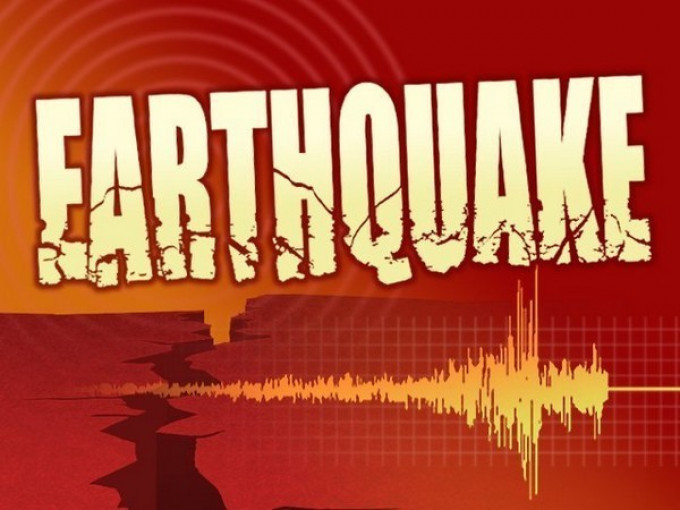A volcano erupting for the past five weeks on the Spanish island of La Palma is more active than ever, officials said Monday, after new lava flows following a partial collapse of the crater threatened to engulf previously unaffected areas.
A powerful new river of molten rock gushed out of the Cumbre Vieja volcano early Monday. The Canary Islands Volcanology Institute described it as “a giant lava fountain.”
“We’re in a new phase, which is much more intense,” Pedro Hernández, a researcher at the institute, told public broadcaster RTVE.
The eruption drove a volcanic ash cloud high over the island off northwest Africa. Residents watched to see what direction the new lava flow would take, and authorities prepared to move more people from their homes.
Prompt evacuations have so far avoided casualties from the eruption, though the lava has totally or partially destroyed more than 2,000 buildings, mostly homes, and covered more than 900 hectares (2,200 acres) of mostly farmland.
Around 7,500 of the island’s 85,500 people have been forced to flee in the past five weeks.
The rivers of lava rolling down the hillside are up to almost 3 kilometers (almost 2 miles) wide, authorities said.
New fissures and side vents cracked open along the volcano’s slopes over the weekend, allowing more molten rock to escape.
One main river of lava has already reached the Atlantic Ocean. Another ground to a halt when it entered a built-up coastal neighborhood.
Scientists last week counted more than 800 earthquakes of varying magnitude on La Palma, most of them not felt by residents. The strongest had a magnitude of 4.9.
Though most of the island so far is unaffected by the eruption, parts of the western side where the lava fields are expanding face an uncertain future.
READ ALSO:




1672397318_680.jpg)

